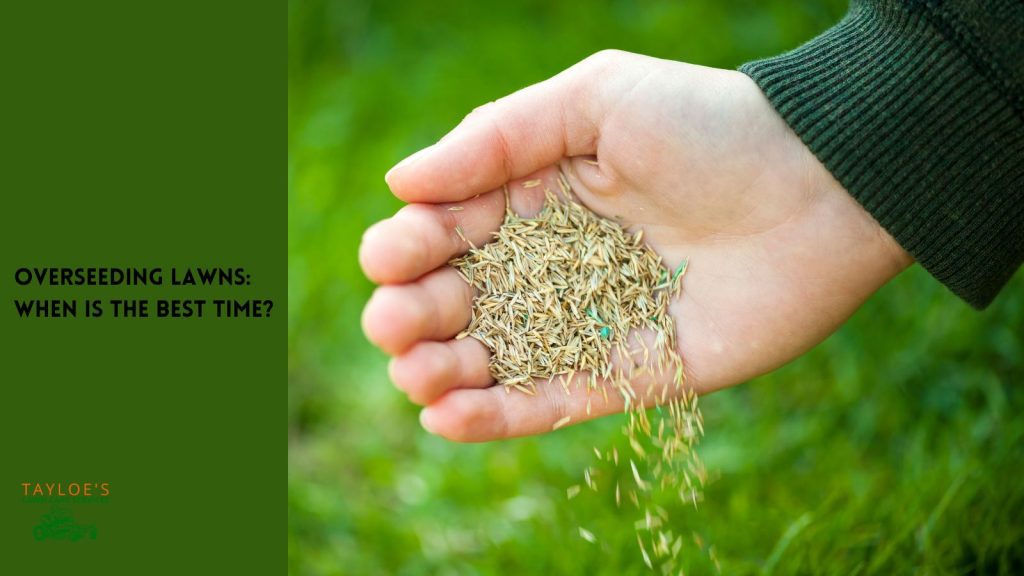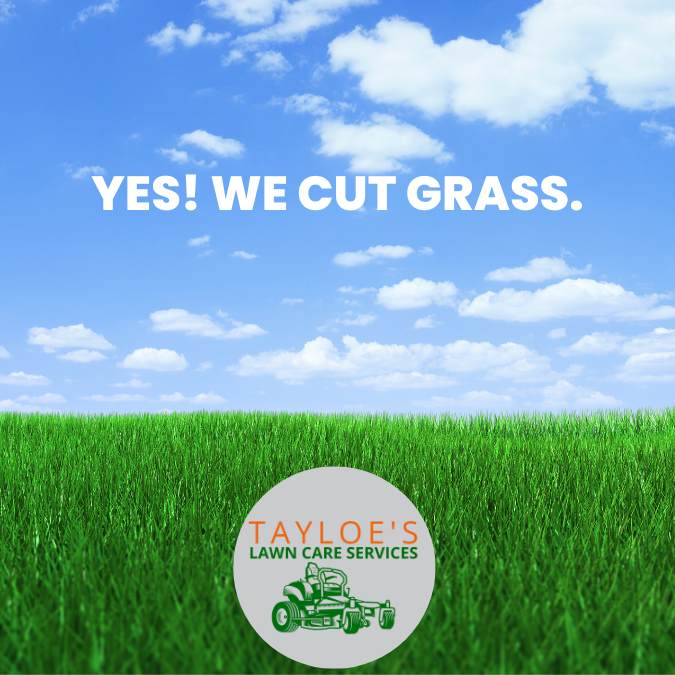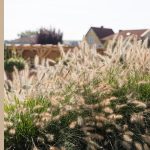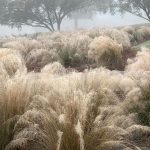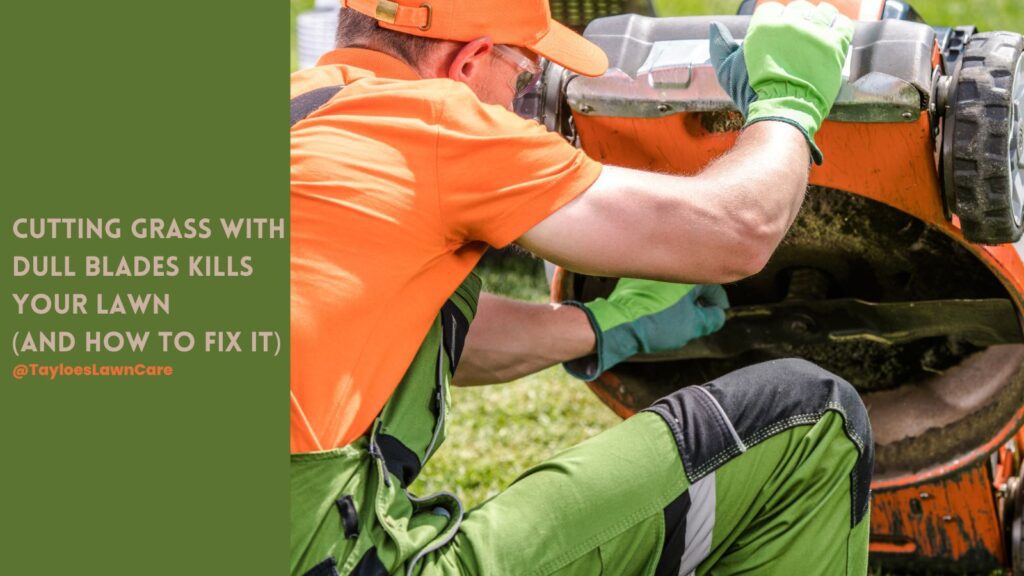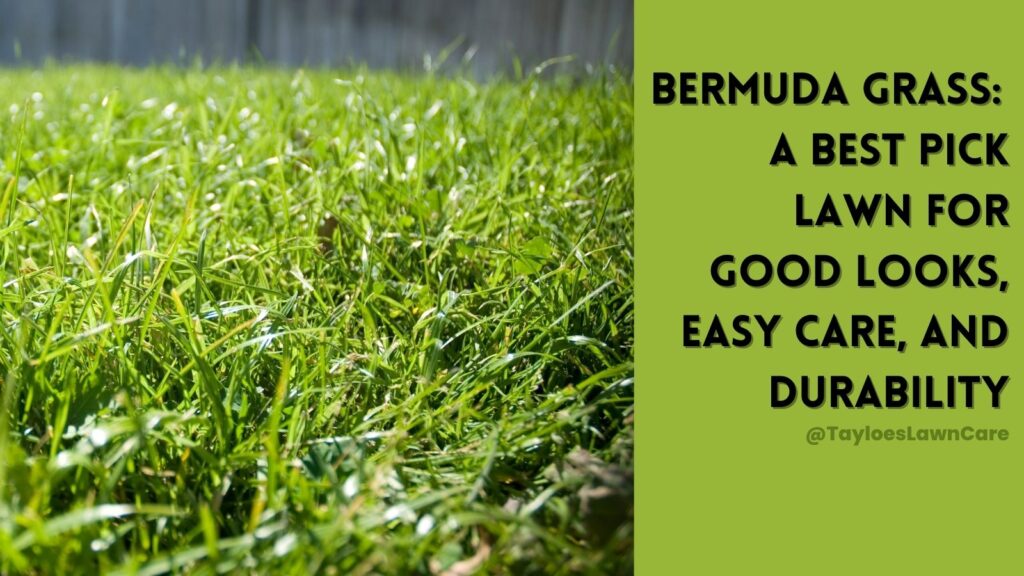Last Updated on: 28th August 2024, 06:25 am
Northeastern North Carolina guide for the final grass cut of the season.
As we approach the year’s end, the importance of the last grass cut of the year becomes increasingly significant for maintaining a healthy lawn. In the unique climates of USDA zones 7b and 8a in North Carolina, this final lawn care step is essential. This post is dedicated to guiding you through the final grass cut of the year, tailored to the specific conditions of our part of North Carolina.
Understanding Your Lawn’s Needs
The moderate climate of North Carolina’s USDA zones 7b and 8a presents a unique set of challenges and opportunities for lawn care. Grass types common in these areas require specific attention as the seasons change. Understanding these needs is crucial for ensuring a healthy lawn throughout the winter and spring.
Last Grass Cut of the Year – Timing is Everything
Determining the perfect timing for the last lawn cut of the year is more art than science. In our experience, especially given the local weather patterns, lawn care can extend until December 31. The timing of this last cut plays a pivotal role in preparing your lawn for the colder months and can significantly impact its health and appearance in the spring.
Benefits of the Last Grass Cut of the Year
The final grass cut of the year, executed with precision and care, offers many benefits beyond just good looks. This critical lawn maintenance step is instrumental in safeguarding the health and vitality of your lawn through the winter months and setting the stage for a flourishing return in the spring.
1. Disease Prevention: One of the primary benefits of the last cut is the prevention of lawn diseases, which are often more prevalent during the cold, damp winter months. Diseases like snow mold and brown patch thrive in long, damp grass. When you cut the grass to the correct height before winter, you reduce the risk of these diseases taking hold, protecting your lawn’s health and appearance.
2. Pest Control: Overgrown lawns can become a haven for pests during the winter. Rodents, for instance, may seek shelter in long grass, causing damage to the lawn. A well-trimmed lawn discourages such pests from settling in, thus safeguarding your lawn from potential infestations and damage.
3. Promoting Healthy Growth: The last cut sets your lawn up for success in the coming year. By trimming the grass before winter, you help to promote stronger, healthier growth when spring arrives. This practice encourages the development of a robust root system, which is key to your lawn’s overall health and resilience.
4. Preventing Thatch: Thatch, a layer of dead grass and organic matter, can build up and hinder lawn health if not properly managed. The year’s final cut helps minimize thatch accumulation, ensuring your lawn can breathe and absorb nutrients effectively.
5. Enhancing Nutrient Absorption: Shorter grass blades expose more of the soil surface, which can improve the effectiveness of late-season fertilization. This exposure allows for better absorption of nutrients essential for the lawn’s winter survival and spring revival.
6. Aesthetic Maintenance: While certainly not the primary focus, the aesthetic aspect of a well-maintained lawn during the winter months cannot be overlooked. A neatly trimmed lawn enhances the overall curb appeal of your property, even in the dormant season.
The last grass cut of the year is a crucial component of year-round lawn care. It’s a proactive measure to ensure your lawn is visually appealing and in the best possible condition to withstand winter stresses and emerge as a lush, healthy, and vibrant landscape in spring.
The final cut of the year is an investment in your lawn’s future health and beauty.
How to Get the Last Grass Cut of the Year Just Right
Getting the last cut of the year means more than mowing your lawn at the usual height. This cut requires careful consideration of mower height, cutting technique, and understanding the unique needs of your lawn. We recommend cutting your grass slightly shorter than usual to prevent matting and snow mold, but not so short that it hampers root development.
Additional Lawn Care Tips
End-of-year lawn care encompasses a range of practices essential for ensuring your lawn’s health and resilience through the winter and into the following spring. In addition to the last grass cut of the year, several key activities should be undertaken to optimize lawn health.
1. Fertilization: Late fall or early winter fertilization is pivotal. This time, grass plants prepare for dormancy and need nutrients to strengthen their roots. Applying a winter fertilizer with a high potassium content can help build resistance against colds and diseases. This nutrient boost supports the lawn’s recovery after the harsh winter and promotes a greener, more vigorous lawn in the spring.
2. Aeration: Soil aeration is a critical process that should be performed before the ground freezes. Aeration pierces small holes in the soil, allowing air, water, and nutrients to reach down to the grass roots. This service helps to reduce soil compaction, enhance root growth, and improve drainage, all of which contribute to a healthier lawn.
3. Overseeding: Overseeding can benefit thin lawns or those with too much wear and tear. This process involves spreading new grass seed over existing turf. The best time to overseed is after aeration when the seeds can directly contact the soil. Overseeding helps create a denser lawn, which looks more lush and is more resistant to weeds and pests.
4. Weed Control: Late fall is an opportune time to address weed issues. Many weeds are in the energy-storing phase of their growth cycle, making them more susceptible to herbicides. Applying a selective herbicide can help control perennial weeds, ensuring they don’t become a problem in the spring.
5. Removing Lawn Debris: Removing fallen leaves and debris is important. If left unchecked, these can smother the grass, hinder photosynthesis, and create a habitat for pests. Mulching leaves with a lawn mower can be beneficial as this turns them into a natural fertilizer, but ensure the layer is thin enough not to smother the grass.
6. Adjusting Watering Practices: Lawns require less water as the temperature drops. However, keeping the soil moist until the ground freezes is important. Overwatering can cause such issues as root rot, so monitoring the moisture level of your lawn is crucial.
7. Preparing for Frost: Avoid walking on frosted lawns, which can damage the grass blades. The frozen grass blades are brittle and easily broken, leading to bald spots in the spring.
You can significantly enhance your lawn’s overall health and appearance by implementing these additional lawn care steps. Each of these practices plays a key role in preparing your lawn for the winter and ensuring a lush, healthy comeback when warmer weather returns. Remember, proactive lawn care in the fall sets you up for a beautiful and resilient lawn in the spring and summer.
The Takeaway: The Final Grass Cut of the Season Is Essential for a Healthy Lawn
The last grass cut of the year is more than a mere routine—it’s a crucial part of ensuring the longevity and health of your lawn. When you understand the specific needs of your lawn in USDA zones 7b and 8a and implement the right techniques, you can significantly impact your lawn’s performance and appearance for the upcoming year.
Don’t hesitate to contact Tayloe’s Lawn Care Services for professional lawn care assistance. Our team has the knowledge and tools to ensure your lawn is well-prepared for winter and thrives in the spring. For more lawn care and maintenance information, follow us on Facebook and explore our resources tailored to North Carolina’s unique lawn care needs.
Need a hand with your final grass cut or those last-minute yard maintenance chores you’ve put off? Call us or text us at 252.287.3376 – Tayloe’s Lawn Care Services, Aulander, NC.
Author Profile

- Randy Tayloe is the COO of Tayloe's Lawn Care Service, LLC. He is a certified custom applicator, recognized by the North Carolina Department of Agriculture Pesticide Division. A native of Bertie County, NC, and graduate of Bertie High School, he wants to beautify his home county - one yard at a time.
Latest entries
 GardeningApril 1, 2025Fountain grasses add colorful foliage and movement
GardeningApril 1, 2025Fountain grasses add colorful foliage and movement GardeningMarch 21, 2025White cloud muhly grass growing guide
GardeningMarch 21, 2025White cloud muhly grass growing guide Lawn CareFebruary 25, 2025Should I mow every week?
Lawn CareFebruary 25, 2025Should I mow every week? Lawn CareFebruary 18, 202515 Simple early spring lawn care tips
Lawn CareFebruary 18, 202515 Simple early spring lawn care tips


